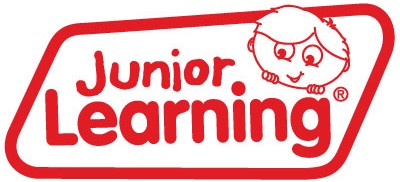5 Simple Ways to Teach Kids about Financial Literacy

Around the age of 5 or 6, teaching kids about money is all about teaching some simple skills. Discussing with kids about how we earn money is a good place to start. What is the difference between a want and a need? What does money look like?
Use these 5 tips to reinforce some early financial literacy skills:
1. Introduce Real Money. When you have spare change, show your child the coins and bills, and let them count and sort them out. Talk about the numbers and writing on them. Talk about the pictures on them. Look at money from different countries if you can.

2. Visit the Bank. Take your child to the bank from time to time so that they can see that a bank is a real place, and it is the place where money is ‘stored’.

3. Introduce Pocket Money or an Allowance. Pay your child for suitable tasks that they are interested in, such as helping you to wash the car. Make it clear that certain every day family duties are exempt, such as making the bed or cleaning up after themselves. This will help your child see the importance of earning money, rather than being given it for doing nothing.

4. Start a Mini Business. Let your children set up a lemonade stand or a bake sale table. This will give them the experience of working to sell something that is tangible and to value the money that they receive from their hard work.

5. Spend, Save or Share? Let your child save up some money in a jar or piggy bank. When your child has saved something, discuss with them what they would like to do with it. Do they want to spend it on something or simply carry on saving it? Do they want to share it with a family member or donate it to a worthy cause they are interested in? Spending some of their own money helps children learn about the process of buying things. Remember, it’s normal for them to make a few mistakes here and there, and experience regrets over buying things they don’t need or really want.


